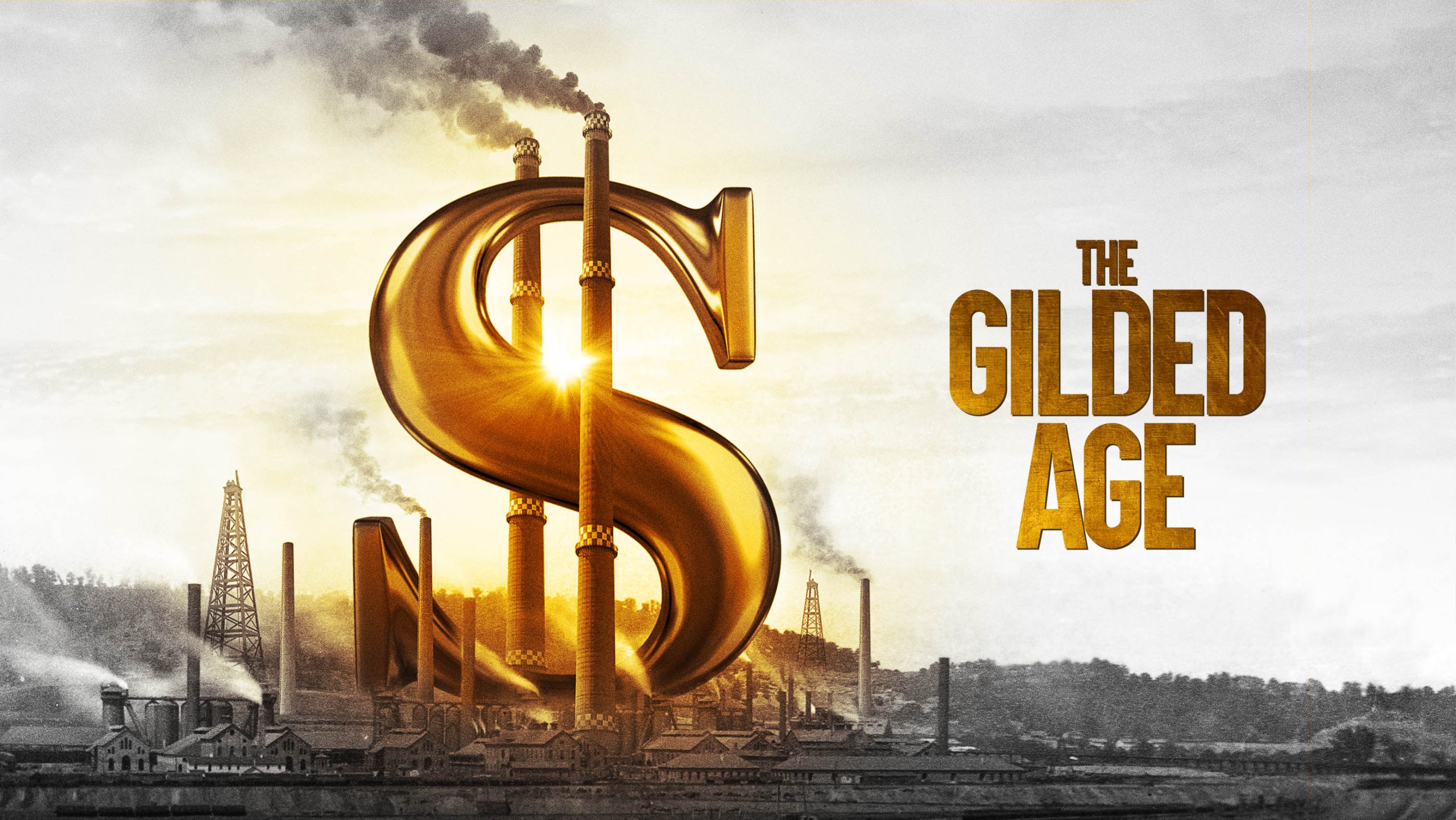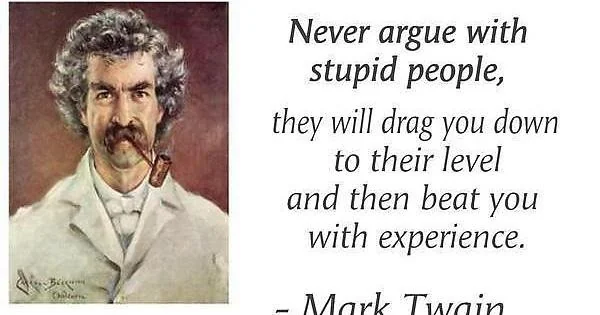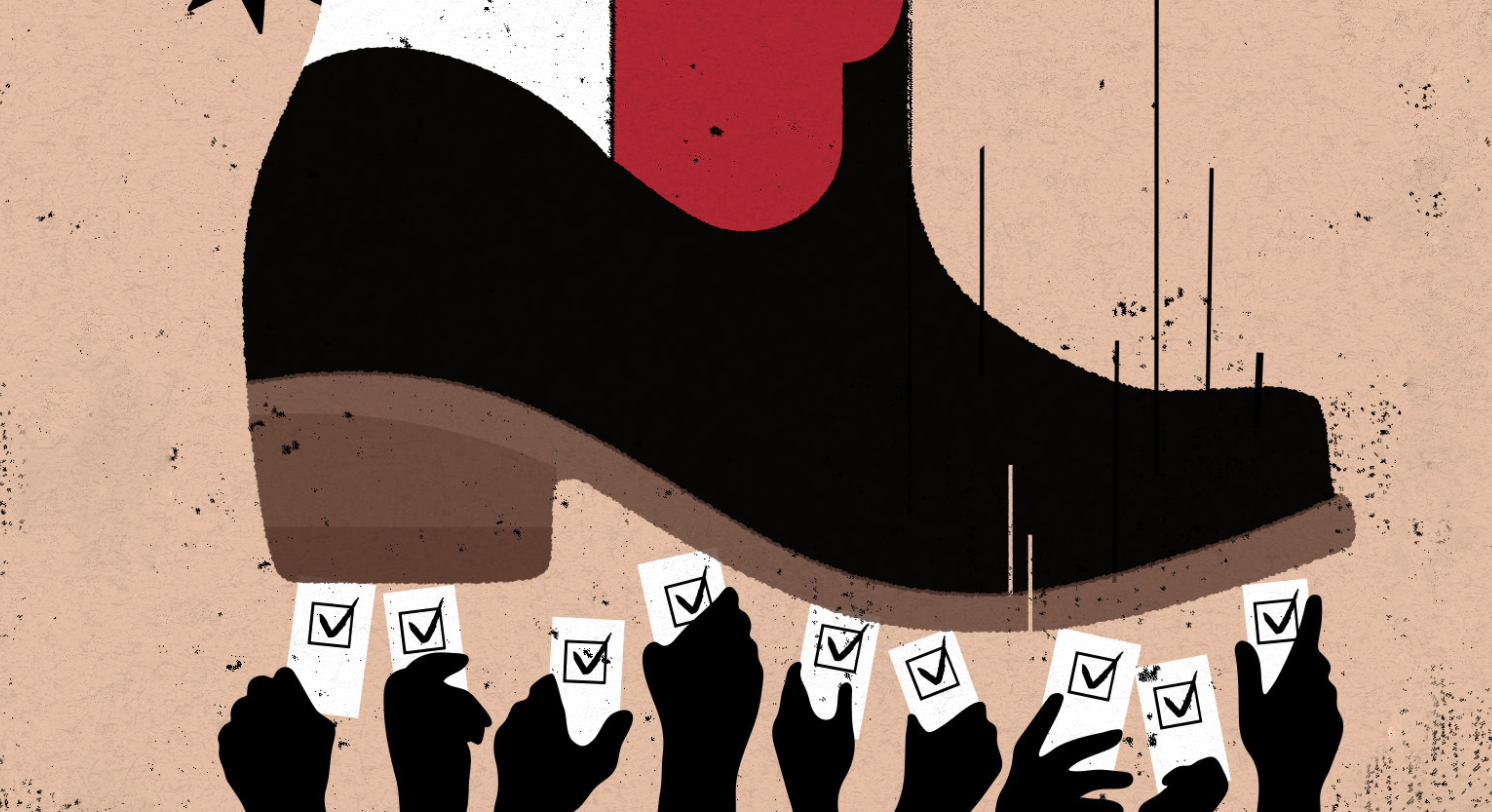Gilded Ages

The First Gilded Age
The first Gilded Age in the United States refers to the period from the late 1870s to the late 1890s. This era, named after Mark Twain’s 1873 novel “The Gilded Age: A Tale of Today,” was characterized by rapid economic growth, especially in the Northern and Western United States.
During this time, American wages grew much higher than those in Europe, attracting millions of European immigrants1. The period saw significant advancements in industry and technology, leading to the rise of powerful tycoons known as “captains of industry” or “robber barons,” such as John D. Rockefeller, Andrew Carnegie, and J.P. Morgan.
However, the Gilded Age was also marked by materialistic excesses, widespread political corruption, and growing inequality12. While industrialization led to real wage growth and economic expansion, it also resulted in poverty and economic disparity, particularly in the South1. The era witnessed major events such as the Great Railroad Strike of 1877, the Haymarket affair, and the Pullman strike.
Labor unions became increasingly important in the rapidly growing industrial cities, and the period saw two major nationwide depressions—the Panic of 1873 and the Panic of 1893—that caused social and political upheavals.
Overall, the Gilded Age was a complex period of both progress and challenges, shaping the economic and social landscape of the United States.
Second Gilded Age
The concept of a “Second Gilded Age” is a topic of debate among historians and economists. The term refers to a period in U.S. history that some argue began between the 1980s and 2010s and continues to the present day. This era is characterized by significant wealth inequality, political corruption, and the influence of corporate power, drawing parallels to the original Gilded Age of the late 19th century.
Proponents of the idea suggest that the implementation of neoliberal policies, the rise of shareholder primacy, and events such as the junk bonds scandal of the 1980s, the dot-com bubble of the 1990s, and the financial crises of the 2000s have contributed to this new era1. They argue that wealth inequality and political corruption are as rampant now as they were during the original Gilded Age.
Critics, however, argue that while there are surface-level similarities, the underlying causes and solutions differ significantly1. They point out that modern issues such as race relations and civil rights play a more prominent role in today’s society compared to the original Gilded Age.
In recent years, the concentration of wealth among the top 1% and the influence of tech billionaires have further fueled the debate. For example, figures like Elon Musk have been compared to Gilded Age magnates like William Randolph Hearst, both of whom used their media empires to push political agendas.
Overall, while there are compelling arguments on both sides, the question of whether we are living in a second Gilded Age remains open to interpretation.
What are your thoughts on this topic?
Certainly! Modern wealth inequality is a significant issue in many countries, including the United States. Here are some examples:
The Federal Trade Commission (FTC), https://www.ftc.gov/ is a bipartisan federal agency in the United States that aims to protect consumers and promote fair competition in the marketplace1. The FTC enforces federal competition and consumer protection laws that prevent anticompetitive, deceptive, and unfair business practices1. This includes actions against fraudulent, deceptive, and unfair business practices in the marketplace, as well as promoting competition by preventing anticompetitive mergers and other anticompetitive business practices1.
The importance of the FTC lies in its mission to protect the public from deceptive or unfair business practices and from unfair methods of competition through law enforcement, advocacy, research, and education1. By doing so, the FTC helps to ensure a fair and competitive marketplace, which benefits both consumers and businesses1.
If you have any more questions or need further information, feel free to ask!
The Federal Trade Commission (FTC) is a bipartisan federal agency in the United States that aims to protect consumers and promote fair competition in the marketplace1. The FTC enforces federal competition and consumer protection laws that prevent anticompetitive, deceptive, and unfair business practices1. This includes actions against fraudulent, deceptive, and unfair business practices in the marketplace, as well as promoting competition by preventing anticompetitive mergers and other anticompetitive business practices1.
The importance of the FTC lies in its mission to protect the public from deceptive or unfair business practices and from unfair methods of competition through law enforcement, advocacy, research, and education1. By doing so, the FTC helps to ensure a fair and competitive marketplace, which benefits both consumers and businesses1.
If you have any more questions or need further information, feel free to ask! 😊




